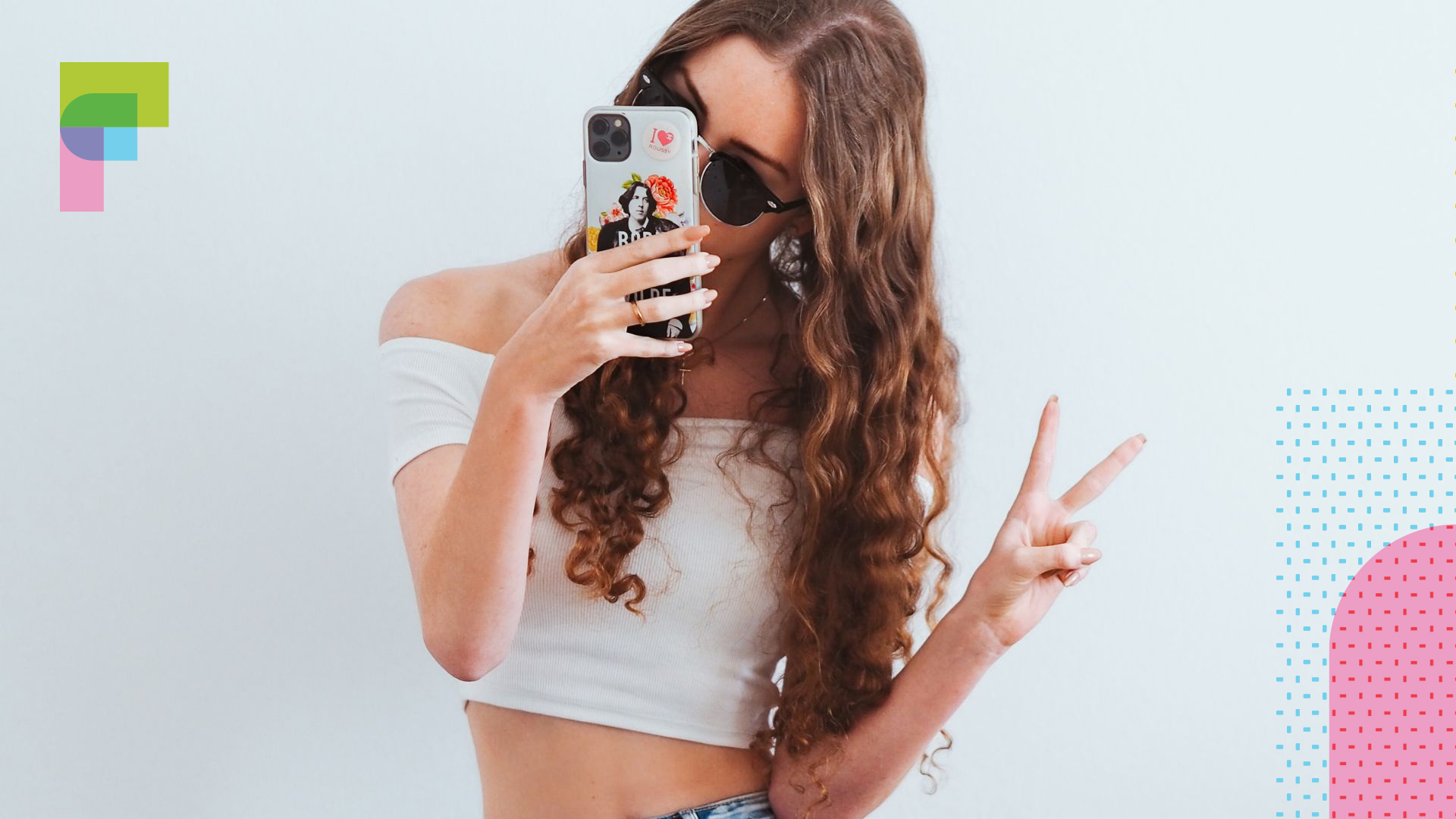
Brainfood: Audibly Good Ads
Raise your hand if you’ve ever seen a video or TV spot with absolutely no sound? Didn’t think so.

Raise your hand if you’ve ever seen a video or TV spot with absolutely no audio. Didn’t think so. Sound is an integral part to an ad, and the way that audio’s viewed and used amongst advertisers and brands has evolved over the years (think jingle-mania to…whatever we’re calling this era of TikTok sounds). After listening to a few too many old school radio spots, we thought we’d do a bit of a dive into how audio’s used, and see if there’s any takeaways from the past and present that we can bring into future work.
Bud Light – “Real Men of Genius” | Lia MacLeod, Art Director
This fantastic campaign initially aired in 1998, and comprises over 200 radio spots, along with a few TV ads. With a soulful tune sung by the lead singer of Survivor and wonderfully deadpan VO, it’s a strong example of what a properly done radio ad can bring to the table in terms of catching and keeping an audience’s attention.
What Can We Learn?
First and foremost: don’t ignore radio! The radio spots in this campaign worked just as well (if not better) than the TV versions. And with them being a LOT more cost effective, it’s a medium that we definitely shouldn’t count out. This campaign also serves as a great reminder on the power of a good VO: even without visuals a good voice actor can get the audience to lean in and keep listening.
Subway – “Five Dollar Footlong” | Emily Farrugia, Strategist
One of the biggest earworms to arise in the mid-2000’s, Subway’s “Five Dollar Footlong” used simple lyrics and a catchy tune to announce what was arguably their best promotion. Vocal layering and different intonations added a subtle complexity, which helped keep the jingle fresh, not stale.
What Can We Learn?
When it comes to audio, simple can often be better. While you probably don’t want to monosyllabically repeat the same seven words over and over, keeping the lyrics clear and to the point makes it a lot easier for the message in your jingle/song to get across to consumers (as well as play on repeat in their heads). It also goes to show that while not as common as they were 15 years ago, jingles are still effective. When playing this out loud, people inevitably start singing along. Should 2024 be the year the jingle makes a comeback? We’re here for it!
Barilla – Spotify Playlists | Madison Rogers, Strategist
A bit of a different take on audio advertising, Barilla created a series of Spotify playlists, each curated around a specific pasta type or occasion where one might be cooking pasta. Some gems include “Moody Day Linguine,” “Boom Bap Fusilli,” and “Mixtape Spaghetti”. With over 450k followers on Spotify, it’s safe to say that people are resonating with this carb-themed content.
What Can We Learn?
That “brands using audio” can be a lot more expansive than just re-cutting some ad clips to match the latest TikTok song, or getting a celebrity to do a voiceover. It’s also a fantastic example of how brands can integrate their product messaging into audio-forward platforms in ways that users are already using it. Barilla knew that people commonly use Spotify specifically for its curated playlists, and created content that perfectly aligns with people’s needs/expectations. Another thing we can take from this is using audio to reach a new audience. With Spotify uber popular amongst Gen Z and millennials, it gave Barilla the opportunity to authentically engage with a new generation of pasta lovers.
The State Of Audio In 2024
Now that we’ve looked at a few of the many ways brands have approached using audio in advertising, it’s time to take a look at how audio’s showing up in 2024. Overused or underused? Boring or attention-grabbing? As is usual, the answer lies somewhere in the middle. While there’s no doubt that audio is still featured in pretty much all advertising (with the exceptions of mediums where it’s not possible, for example print), the real question here surrounds the quality of the ways that audio is being used.
Currently we see a lot of examples of brands jumping on the latest viral bop, whether it be TV or social. In this sense, audio is more used than ever. If we come at it from diverse examples of audio use in advertising though, the answer looks a little different.
Personally we’d love to see more brands expanding how they incorporate sound. Quite often in advertising, incorporating music and sound is left to the very end of the production process, and barely (if at all) mentioned in the brief. However, having a unique audio earworm could be the secret sauce in generating high levels of ad recall and brand awareness. Maybe it’ll even spur a spin off in the vein of “Dumb Ways To Die.”
What do you think about the current use of audio in advertising today? Is it over or underused, and what would you like to see more (or less) of? Let us know!




